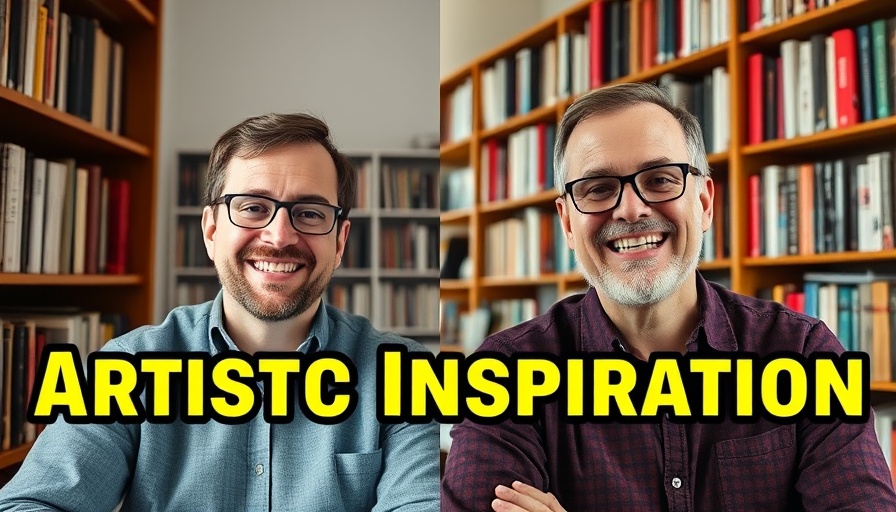
Unlocking Creativity: The Art of Stealing
In a world overwhelmed with content, how do you carve your own space as an artist? Austin Kleon, author and creator, tackles this question with refreshing honesty by advocating the notion of 'stealing' like an artist. This idea suggests that true creativity doesn’t stem from immaculate originality but rather from borrowing, blending, and transforming influences from others. In his talk, 'Why Great Artists Steal,' he reminds us that every artist is part of a collaborative chain extending back through history. By examining those who inspired us, we can better shape our own unique voice.
In 'Why Great Artists Steal,' the conversation delves into the nature of creativity and how drawing from others can help us reshape our artistic paths.
The Influence of Others: Finding Your Creative Lineage
Kleon emphasizes that recognizing the lineage of creative thought is crucial. “To swim upstream,” as he puts it, means identifying the works and artists that came before and acknowledging their impact on our creation. This practice not only roots us in a community of creators but opens doors to new ideas. Who inspired the artists you admire? What unsaid narratives did they leave untouched that you can explore? By studying these roots, you can discover what’s missing or can be transformed in your art, leading to a richer creative output.
Redefining Success: The Power of Verbs Over Nouns
Interestingly, Kleon suggests abandoning rigid definitions and titles, opting instead for the fluidity of actions. He states, “Nouns are more deleterious than verbs.” This perspective shifts the focus from being a defined ‘artist’ to engaging in the act of artistry itself. The essence of creativity lies in the act of creation—whether you write, paint, or improvise. Emphasizing verbs encourages a playful exploration of creativity without fear of labeling or limitations.
Creative Messiness: Embracing Imperfection
Much like the beauty of a child's art—often chaotic but vibrant—Kleon champions the value of imperfect expressions. Through anecdotes, he shares how even mistakes can be transformed into striking art rather than disquieting failures. The practice of finding beauty in chaotic moments not only enriches your creative journey but also connects deeply with audiences, often because they see reflections of their own imperfections embodied in your work.
Stealing Inspiration: A Method to Make Uniqueness Shine
At the core of Kleon’s argument is the act of stealing inspiration responsibly—the key to unlocking new narratives through old ideas. “Most of the time,” he notes, “we ignore the collective genius.” Imagine gathering diverse influences and re-weaving them into something imaginative, seeing each piece as part of a larger puzzle. This method empowers creators to connect their work to larger conversations and movements.
The Joy of Play: Rediscovering Your Inner Child
As we delve into the essence of creativity, another lesson emerges: the importance of treating creativity as play. When Kleon reflects on parenting, he reveals that children often approach creation joyfully, unconcerned about perfection. By borrowing this mindset, we can ignite our artistic endeavors, allowing ourselves to explore without the weight of judgment. Simple joys, like observing children playing, can remind us that creativity flourishes in freedom, spontaneity, and lack of self-doubt.
Ultimately, 'Why Great Artists Steal' challenges us to embrace collaboration with the past while writing our own stories. As we learn to see art as an evolving tapestry, let us remind ourselves that creative work is about making connections, experiencing joy, and allowing ourselves the freedom to explore. By following Kleon’s wisdom, we can not only find our artistic voices but create art that resonates with authenticity.
 Add Row
Add Row  Add
Add 




Write A Comment